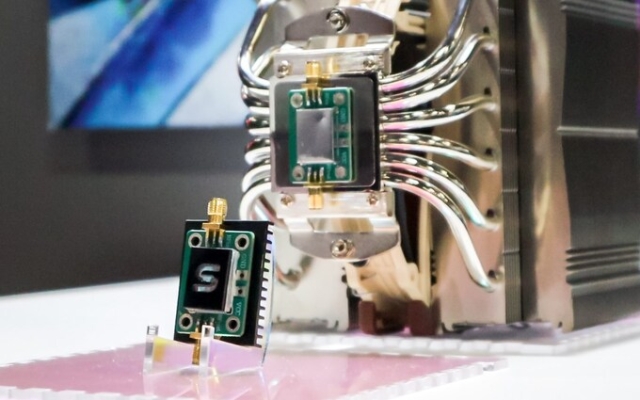 Space Forge plans to send small modules the size of a washing machine to an altitude of about 500-800 km above the Earth's surface. Photo: Northrop
Space Forge plans to send small modules the size of a washing machine to an altitude of about 500-800 km above the Earth's surface. Photo: Northrop
Making computer chips from materials obtained in space may seem like an idea straight out of a science fiction novel, but a British company is hoping to make it a reality.
Space Forge plans to send small devices the size of a washing machine. modules into low Earth orbit, about 500-800 km above the Earth's surface, where gravity is low but return is within reach.
Low gravity means raw materials for semiconductor computer chips can be produced more easily. The crystals needed to create semiconductor chips can be synthesized with higher purity in orbit.
Josh Western, founder of Space Forge, says: “The combination of microgravity and the vacuum found in space allows for the creation of incredibly pure crystalline structures. The space effectively allows the crystals to bond better with less contaminants.”
Although most chips are made of silicon, Space Forge is exploring the use of alternative materials such as gallium nitride. The complete chip will not be produced in space, only the raw materials.
Higher crystal clarity means the chips will generate less heat, which can save millions of pounds in operation. Energy consumption can be reduced by up to 60%.
As much of the economy switches to electricity to reduce carbon emissions, producing high-quality chips can bring significant benefits.
Western hopes the technology will lead to significant cost savings in applications such as 5G phone towers, radar and electric vehicle charging.
“Some chips in a 5G tower operate at around 8% efficiency,” he says. “By replacing these chips with space chips, you can triple the efficiency of these applications.”
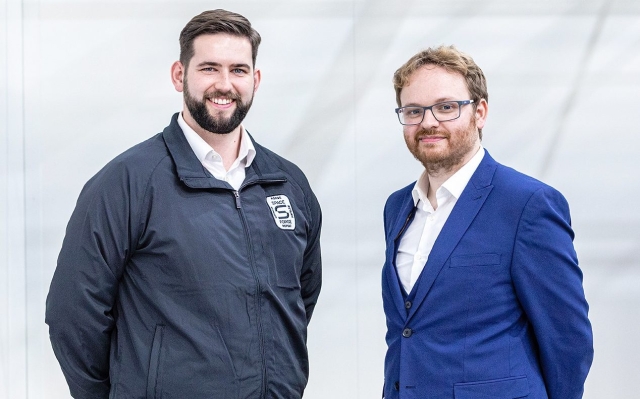 Western (left) hopes Space Forge technology will lead to significant savings on applications such as 5G phone towers, radar and electric vehicle charging. Photo: Northrop
Western (left) hopes Space Forge technology will lead to significant savings on applications such as 5G phone towers, radar and electric vehicle charging. Photo: Northrop
Much more computing power is also being used around the world, from developing artificial intelligence to modeling weather, climate and pharmaceutical research.
Last month, Cardiff-headquartered Space Forge received an award of 499 from the department. £000. Ministry of Defense as part of a project by the American defense company Northrop Grumman.
The company's lab could be launched using rockets similar to those operated by Elon Musk's SpaceX. Once the crystal formation process is complete, Western said, the goal is to return the module to Earth «like Mary Poppins» with a deployable umbrella to slow its re-entry into the atmosphere.
The costs will be significant. . but the final price will depend on the complexity of the chip materials, how long the module remains in space and how many microchips the customer wants.
For short runs, «the value of the materials we're looking for ranges from hundreds of thousands of dollars per kilogram to several tens of millions depending on how complex that structure is that you need,» says Western.
Once a batch of chips is manufactured in space, the material can be used to seed cheaper manufacturing processes on Earth. This significantly reduces production costs while maintaining most of the benefits.
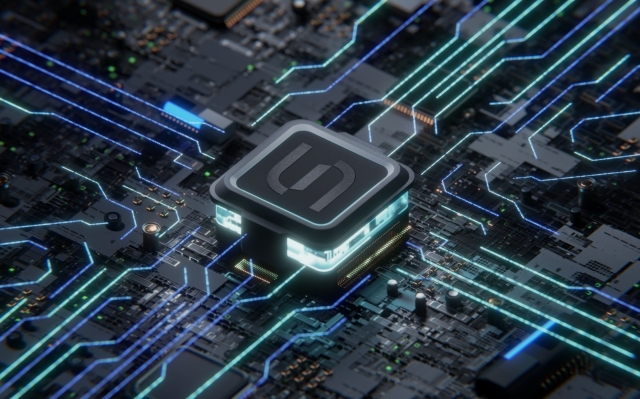 Although most chips are made of silicon, Space Forge is exploring the use of alternative materials such as gallium nitride. By Northrop
Although most chips are made of silicon, Space Forge is exploring the use of alternative materials such as gallium nitride. By Northrop
Space Forge isn't alone in exploring ways to manufacture in space.
California-based Varda Space Industries hopes to produce pharmaceuticals in space, again using low gravity. The company launched a 300kg test ship in June.
The ship contained a mini-factory to produce an AIDS drug called Ritonavir, with the goal of creating a more stable version.
Essentially, the process involves «mixing liquids together, mixing powders with liquids, heating them, cooling them and stirring them» in what is essentially a «miniature medicine kitchen» in space, says Delian Asparukhov, Varda's co-founder and researcher. a partner in the Founders Fund of Silicon Valley investor Peter Thiel.
The lack of gravity means that “you can heat two molecules and they will stay where they are with very high precision, and then join together exactly the way you want.” want.”
This is critical for creating complex and expensive drugs for cancer patients and pain relief, he adds.
The pristine environment of space means drugs can be made with very reliable performance. Asparukhov predicts that products produced in space could eventually cost as little as $60 (£47) per gram.
Temperature readings sent back to Earth suggest the process on Varda's test ship was successful, although the final result will remain to be determined once scientists are able to open the module.
“We know the oven was at the right temperature, but We don't know what the cake looks like inside. We know it's probably baked well, but at the end of the day, you should be able to open it and look.»
However, Varda's new production method faces an unusual obstacle. Its space module and the drugs on board require permission to re-enter the atmosphere from the US Federal Aviation Administration and the US Air Force. Permission was denied earlier this year, and the module remains in space.
Working with a number of regulators has been a headache, Asparukhov says.
“Theoretically, all these things are written down on paper in the United States , but we are the first to actually go through this type of regulatory process. But it turns out there are just some glitches.”
The company hopes to return the module early next year, likely landing in Australia or Utah, where there are large expanses of uninhabited land for the satellite to land safely.
Beyond drugs and computer chips, there are many other manufacturing opportunities in space, says Tommaso Ghidini, head of mechanical engineering at the European Space Agency.
“In the past, we stayed in space with people for a very limited period of time. Now this time has increased significantly.»
Humans' desire to eventually reach Mars is creating opportunities for lunar manufacturing to supply missions along the way. If people get to Mars, they will also have to be able to create something there.
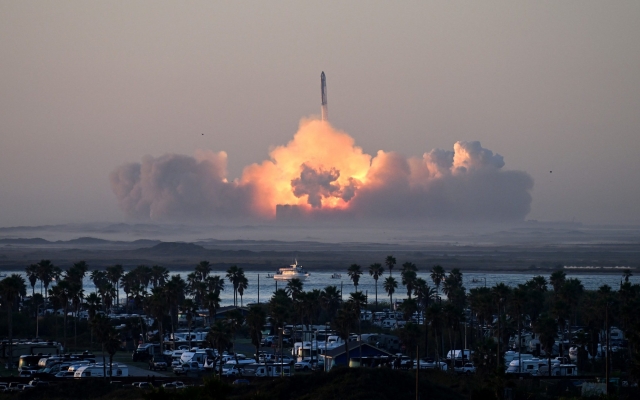 SpaceX carried out the second test launch of Starship, the largest rocket ever built, which Elon Musk hopes will one day colonize Mars. Photo: Timothy A. Clary/AFP
SpaceX carried out the second test launch of Starship, the largest rocket ever built, which Elon Musk hopes will one day colonize Mars. Photo: Timothy A. Clary/AFP
Staying in space for long periods of time means you need more tools to fix things if they break. wrong. The answer to this question will be 3D printing in both plastic and metal, says Ghidini. There's no point in sending spare parts into space that you don't need.
This will mean developing smart manufacturing technologies that use less energy and can work with scrap materials, recycling metals on the moon as bases are built there.< /p>
“Everything you launch to the space station costs a lot of money, but nothing comes out,” he says.
“You can’t send every possible instrument to Mars, or you can’t take every possible thing with you.” . This may or may not fail, it is much more efficient to have a 3D printer with you.”
Fortunately, the rocks that litter the surface of the Moon contain a treasure trove of raw materials, including aluminum, silicon, iron, titanium. , magnesium, calcium and oxygen.
Using them is the next challenge.
Ghidini says: “Imagine there is a workshop or manufacturing plant on Earth. Imagine how much equipment you have there, how many processes you have to go through before you get the final product.”
The idea may seem outlandish, but its participants insist that the results will be visible in years, not decades. Space Forge and Northrop Grumman plan to take custody of space materials as early as 2025.
“The opportunity is enormous,” says David Pyle, regional director for Northrop Grumman.
The sky seems to be already not the limit.































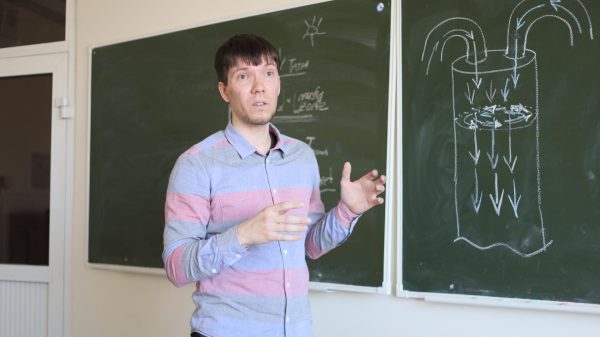



































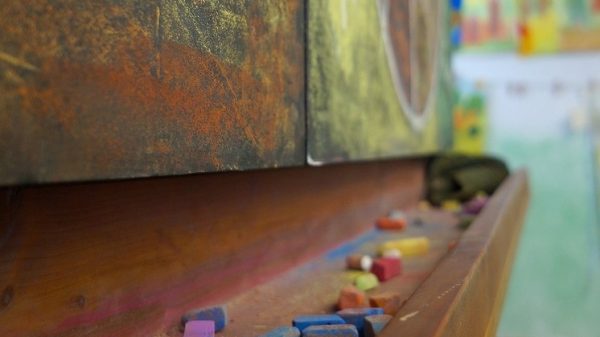
Свежие комментарии